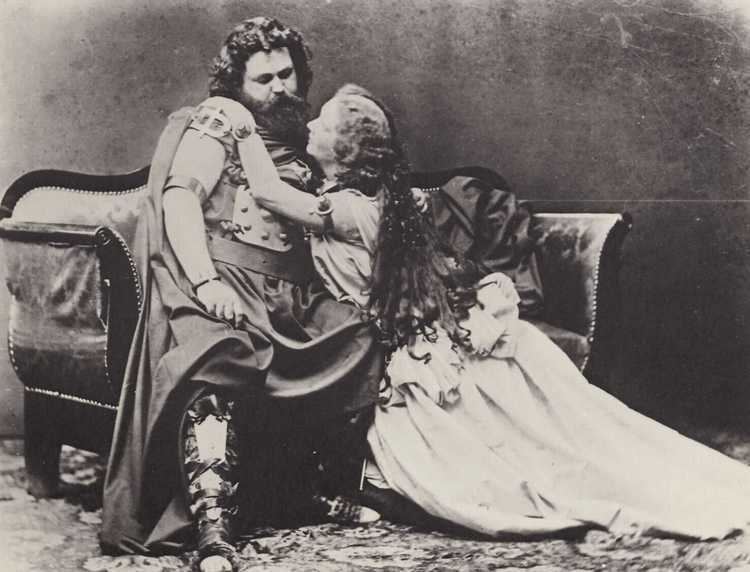Name Ludwig von | Role Opera singer | |
 | ||
Parents Julius Schnorr von Carolsfeld Grandparents Veit Hanns Schnorr von Carolsfeld Similar People Hans von Bulow, Ludwig Suthaus, Felix Mottl, Jane Eaglen, Giuseppe Di Stefano | ||
Popular Videos - Ludwig Schnorr von Carolsfeld
Ludwig Schnorr von Carolsfeld (July 2, 1836 – July 21, 1865) was a German Heldentenor and the creator of the role of Tristan in Richard Wagner's opera Tristan und Isolde. His career was curtailed by a serious illness which killed him at the age of 29, after only four performances in the role of Tristan.
Contents

Biography

Ludwig Schnorr von Carolsfeld was born in Munich, a son of the famous painter Julius Schnorr von Carolsfeld. Later, he became a pupil of Kreuzschule in Dresden, home of the Dresdner Kreuzchor (choir). This may have influenced his decision not to follow the family tradition of becoming a professional painter but to study singing instead, and he took voice lessons at the Leipzig Conservatory.
He made his début in 1858 at Karlsruhe. By 1860, he had also sung at the Semperoper in Dresden and the Bavarian State Opera in Munich, appearing in Bellini's Norma and Weber's Der Freischütz. He soon gained fame as an intelligent and dedicated singer, with a strong voice especially suited to operatic works by Richard Wagner and Giuseppe Verdi.
In 1860, Schnorr married the Danish-born soprano Malvina Garrigues, who was ten years his senior and who reduced her own appearances on stage in order to support her husband's more promising career.
King Ludwig II of Bavaria heard the tenor as Lohengrin in 1861. This performance is said to have been one of a series that turned the king into an ardent supporter of Wagner and his music.
In 1862, Schnorr and his wife met Wagner himself in Biebrich near Wiesbaden; Wagner asked them to sing passages from his new opera, Tristan und Isolde, while he accompanied them at the piano. Apparently, the composer was impressed by the results.
An attempt to stage the yet-to-be-performed opera in Vienna failed after over 70 rehearsals, not least because the resident tenor was unable to master the taxing role of Tristan. It was at Wagner's own request that Schnorr von Carolsfeld and his wife were then cast as Tristan and Isolde, King Ludwig having sponsored a renewed attempt to mount the opera.
The premiere finally took place in Munich on June 10, 1865, but the work received mixed reviews, with some critics even calling it "indecent". It was given again on June 13 and 19, and by royal command on July 1. On July 9 Schnorr sang in The Flying Dutchman. This proved to be his final Wagnerian performance, as he died suddenly in Dresden on July 21, just 19 days after his 29th birthday. His mysterious and early death made him a legend, and it was often attributed by medical laymen to the enormous exertions required of a Wagnerian Heldentenor. In reality, however, a chill followed by rheumatic complications had caused an apoplexic event to which the overweight tenor succumbed.
Following her husband's death, Malvina retired from the stage.
